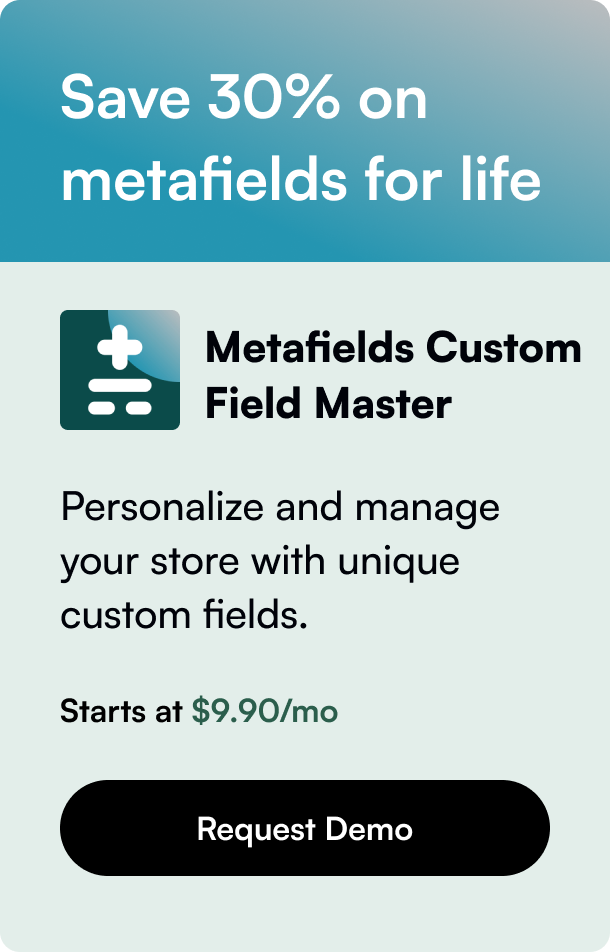Table of Contents
Adding products to your Shopify store is a fundamental step in establishing your online business presence. Whether you're a seasoned ecommerce veteran or new to the digital marketplace, understanding the ins and outs of product addition on Shopify is key to crafting a compelling and customer-friendly online shop. This guide dives deep into the process of adding, managing, and optimizing your products on Shopify, ensuring your store shines in the crowded ecommerce landscape.
Introduction
Imagine launching your Shopify store with an inventory full of products your target customer can't wait to purchase. The allure of perfectly displayed products that are just a click away from being owned is what makes online shopping irresistibly convenient and enjoyable. But how do you get from a concept to a fully stocked online store? This article walks you through the comprehensive process of how to put products on Shopify, ensuring your venture into ecommerce is as smooth and successful as possible.
From the initial addition of a single product to the management of an extensive inventory, we cover every step with clarity and detail. You'll learn not only the basic procedures but also tips on optimizing your product listings for better search visibility and conversion rates. Whether you're aiming to polish your Shopify store's current product lineup or starting from scratch, this guide is tailored to help you achieve an efficient and effective product management strategy.
Adding Products to Your Shopify Store
The journey to a well-curated Shopify store begins with adding your products. Shopify's user-friendly platform simplifies this process, making it accessible even to newcomers in the ecommerce domain. Here’s how to get started:
Step 1: Navigate to Your Shopify Admin Section
Access your Shopify admin dashboard and click on 'Products'. This is your control room for all things product-related, from inventory management to product descriptions.
Step 2: Add a New Product
Select 'Add product' to start the process. Here, you'll enter your product's details, including title, description, images, and price. A compelling product title and an informative description are crucial for both SEO and customer engagement. Be sure to use clear and high-quality images to showcase your product effectively.
Step 3: Inventory and Shipping
For tangible goods, specify your inventory details and shipping requirements. Including the accurate weight of your product improves the accuracy of shipping cost calculations, ensuring a transparent checkout experience for your customers.
Managing Products on Shopify
Once your products are listed, managing them effectively is pivotal in keeping your store up-to-date and user-friendly. Shopify offers several tools to streamline this process:
- Bulk Editing: Update multiple product details simultaneously, a time-saving feature for adjusting prices, tags, or inventory levels.
- Collections: Group your products into collections to facilitate easier navigation for your customers. You can create collections based on product types, sales, seasons, or any criteria that best fit your store's organization.
Enhancing Product Visibility and Sales
Optimizing your product listings is essential for drawing in customers and boosting your sales. Here are some strategies to consider:
- SEO-Optimized Product Descriptions: Incorporate relevant keywords in your product titles and descriptions to improve your store's search engine visibility.
- High-Quality Images and Videos: Engaging visuals not only attract attention but also give customers a better understanding of your products, ultimately influencing their purchase decision.
- Variant and Inventory Management: Offer multiple variants (such as sizes and colors) of your products and keep your inventory up to date to meet customer demand without overstocking.
FAQs
How can I add multiple products to Shopify at once?
Bulk add products by using the CSV file import feature on Shopify. This method is efficient for adding large numbers of products simultaneously, ensuring your inventory is comprehensive and varied.
Can I sell digital products on Shopify?
Yes, Shopify supports the sale of digital products. When listing a digital product, ensure to specify it as a 'Digital product' in the shipping section so that customers aren't prompted for shipping information at checkout.
How do I optimize my product pages for SEO?
Focus on including relevant keywords in your product titles and descriptions, use high-quality images with descriptive alt-text, and ensure your product URLs are clear and indicative of the product’s name. Additionally, generating unique content and utilizing meta descriptions can further enhance SEO performance.
Can I use Shopify to dropship products?
Absolutely. Shopify integrates with several dropshipping platforms like Oberlo, allowing you to add products to your store from suppliers worldwide directly. This setup is ideal for entrepreneurs who wish to sell products without holding inventory.
How do I manage out-of-stock products?
Enable inventory tracking on your Shopify dashboard and set up notifications for low-stock items. If a product is out of stock, you can choose to hide it from your storefront or keep it visible with an "Out of Stock" notice to prevent customer frustration and bounce rates.
Starting your ecommerce journey by adding products to your Shopify store is just the beginning. By continuously optimizing and managing your inventory, you can grow your online business into a thriving, customer-centric marketplace. Remember, the key to ecommerce success lies in not just listing your products, but in how effectively you showcase them to evoke interest and facilitate easy purchases. With this comprehensive guide, you're now equipped to navigate the complexities of ecommerce with confidence, ready to carve out your success story in the digital marketplace.








